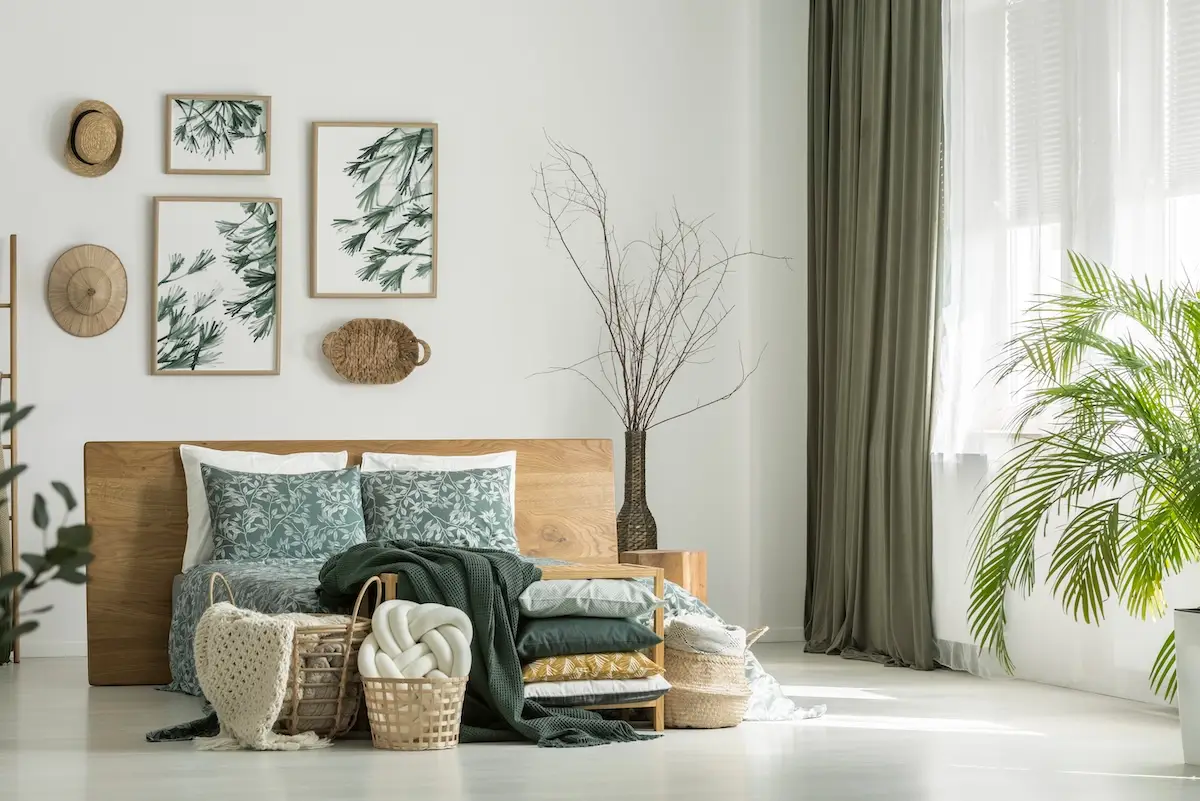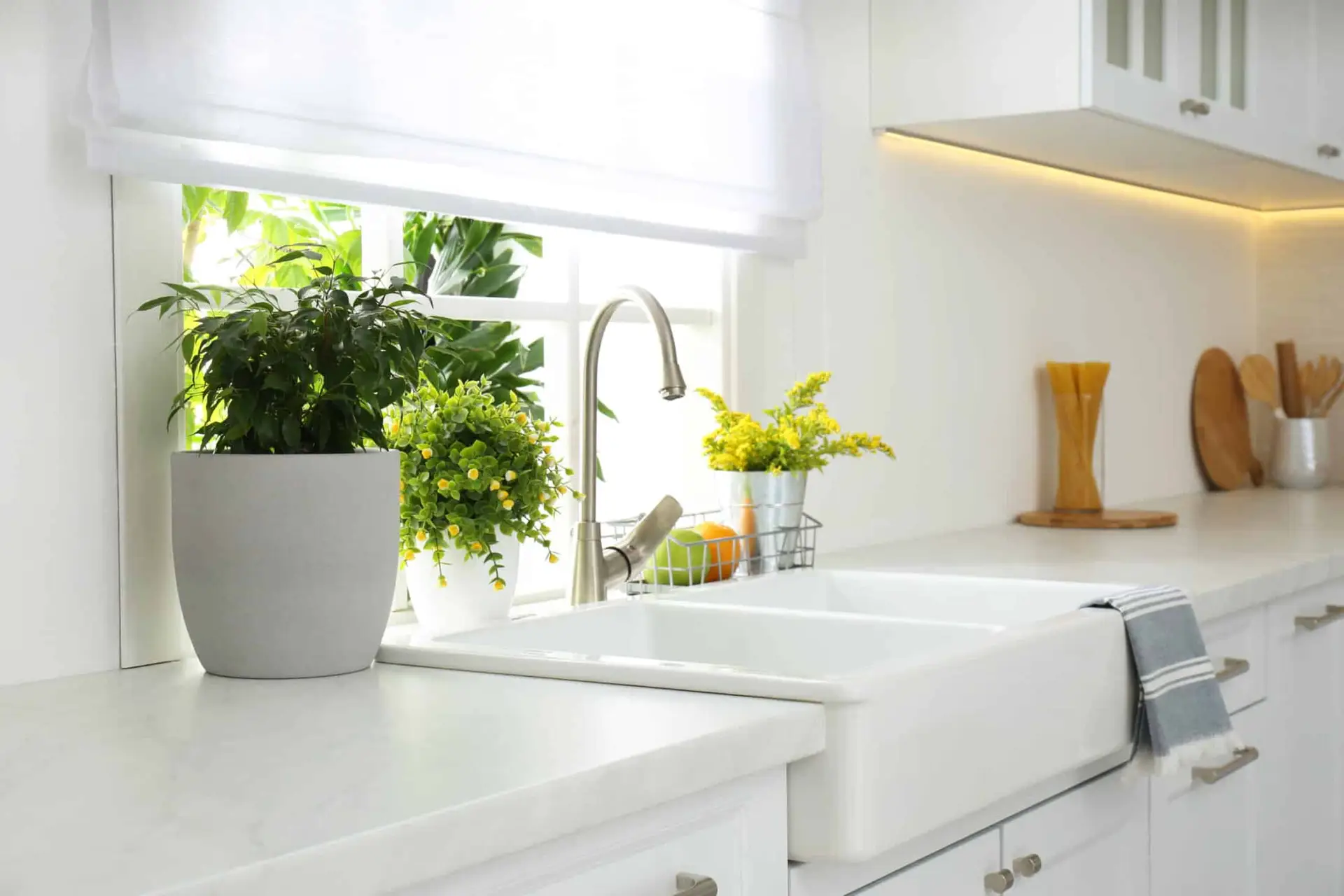Artistic displays have the power to transform your entire space. When it comes to hanging artwork or including sculptures and objects, doing it right is critical. When you’re ready to put your art on display, talk to an interior designer for the best suggestions. Here are a few tips to help you get started so you can get the most out of your art.
Basic Hanging Principles
When creating your artistic displays, it’s easy to get overwhelmed depending on how many pieces you have. There are several techniques to help you sort through your art to know how to group and display them. For example, grouping art by type can be fantastic. Oil paintings in one room and prints in a different room contribute to varying atmospheres for each one.
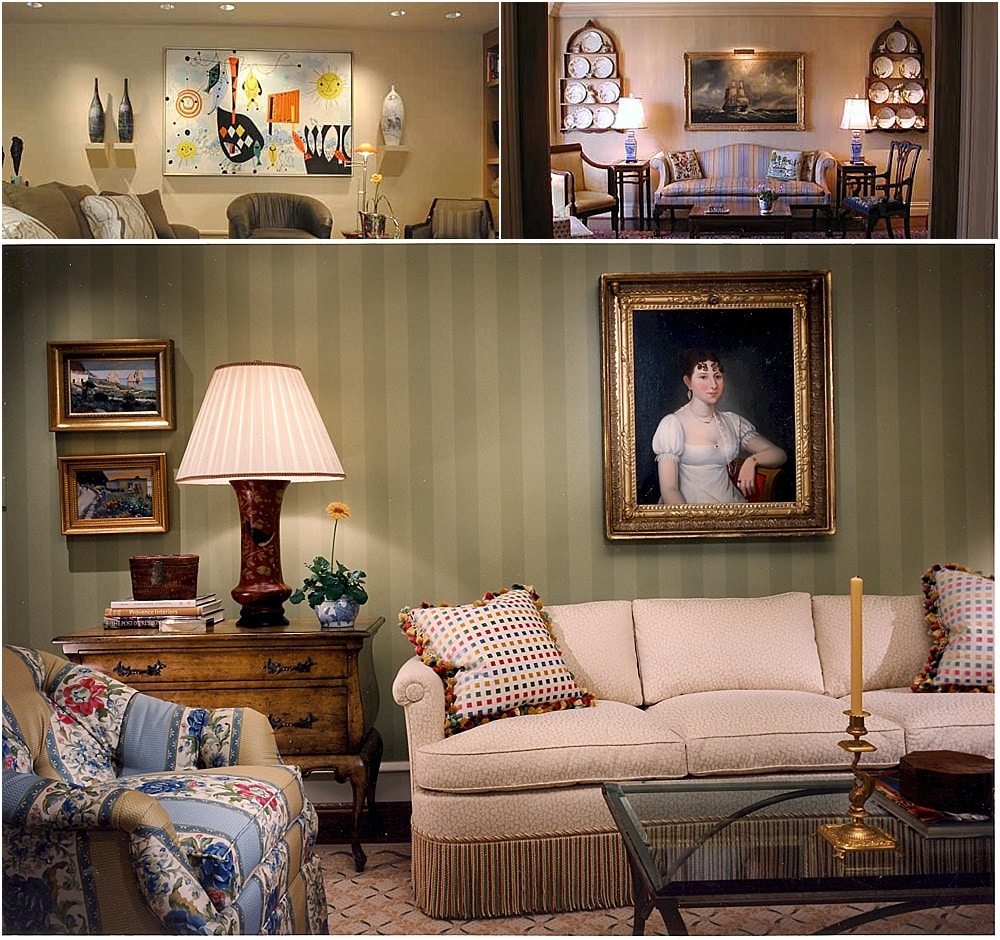
You might also consider using an easel to display particularly important pieces of art. When you have one that you feel strongly about or has special sentiment attached to it, then displaying it on an easel puts it on the pedestal it deserves. If you have a single large piece of art, then it might be possible that you don’t need to add any more to that room or wall.
If you have a particular affinity for a specific artist or subject, you can also group according to either of those categories. When you have a single artist, the artistic display naturally coalesces because they’re done similarly. If you’re grouping by subject, you know the focal point and can visually compare across mediums.
Trust Your Eyes
As you arrange your art, trust what you see in front of you. Go by what looks good or will fill your wall appropriately. To keep from putting holes in your wall until necessary, you can use blue painters’ tape to mark where frames will go. By creating this mock-up of your art placement, you can arrange your art knowing you’ll only put holes in the walls when you’re confident about where things will go. Resist the urge to place everything in line and instead go with offset placement for a more dynamic feel.
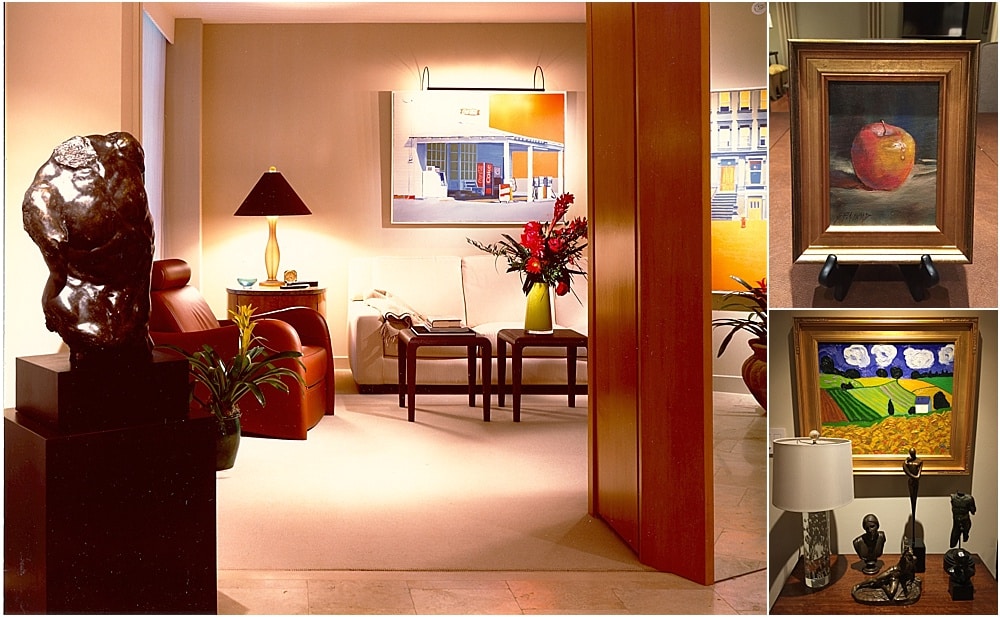
Be careful about placing art too high or too low because you’ll end up with a piece that looks like it’s by itself. It won’t mesh well with the rest of the artwork, so it’s essential to be aware of placement. If you’re unsure how low is too low, look to your furniture or sculptures for guidance. Keep the placement height relative to your furniture in that room so it looks like it belongs. Sculptures or 3D objects placed on a display table can also indicate how low you should go with your art placement.
You might also want to use a measuring tape to help you arrange your artwork to keep your space from feeling overcrowded. Measuring tapes are instrumental in stairways or alcoves because it can be challenging to judge placement from an angle. As you decide where to place your art, step back and look to review where you’re planning on putting it. Move back and forth along your space to get a good feel for what to expect when it’s done.
Don’t Be Afraid to Be Creative
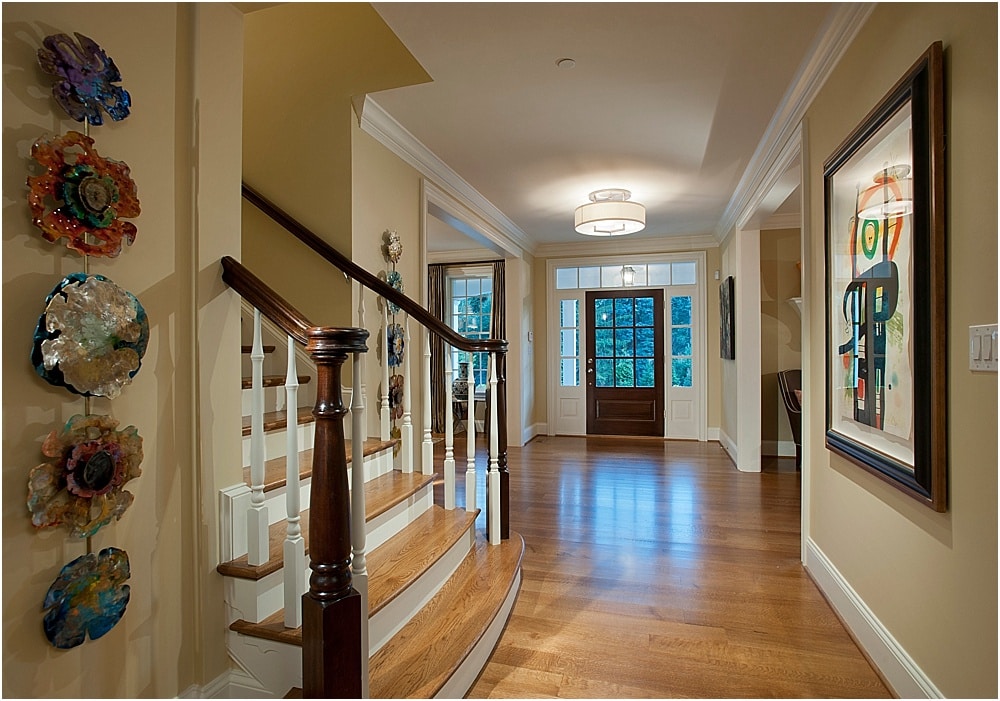
Perfect art placement may not be perfect at all. Scattering art on a wall may result in a shape resembling a cloud as it floats on a breeze. Unless symmetry is important to you, not everything has to be exact. Hanging artistic displays is about creating an atmosphere and transforming your space into something more inviting and visually attractive. Be creative about where you hang your art pieces and where you add sculptures or 3D objects to create the most significant impact. You’ll know when it’s finished when it looks complete to you.


